Last summer we visited two of Ohio’s smallest state nature preserves: Bigelow Cemetery and Smith Cemetery. Within these two preserves are remnants of prairie that once extended over 5% of Ohio. Because both sites were 19th century cemeteries, they were undisturbed by the plowing that converted 99% of this rich, prairie soil into Ohio farmland. Today I will discuss the half-acre Bigelow Cemetery State Nature Preserve, and I’ll save the nearby Smith Cemetery State Nature Preserve for a later post. Both preserves are located in Madison County and are remnants of a prairie once known as the Darby Plains.

After the ice age, there was a period from 8,000 to 4,000 years ago which was warmer and dryer than now. During this period plants from western prairies moved eastward and established themselves in Ohio. These prairies provided a habitat for animals such as bison, elk, and deer. Once the climate cooled and became wetter, these prairies would have disappeared were it not for the work of Native Americans. The presence of these unusual, eastern prairies increased the number of animals that Native Americans used as food and made hunting easier, so the Native Americans preserved the prairies that would have succumbed to the wetter climate by burning them at regular intervals. This strategic burning prevented the natural succession that would have converted these grasslands into forest.
When settlers of European descent moved into the area, they did not understand the role that the Native Americans had played in maintaining these prairies. They assumed that there were no trees growing in these areas because the land was less fertile here. In addition, the root structure of prairie plants is dense, and the plows originally available to the settlers were unable to cut through the soil. However, in 1837 John Deere introduced his steel chisel plow, and it became possible to cut through this soil. The settlers soon discovered that this prairie soil was amazingly rich and productive earth. Like the Native Americans before them, the settlers altered the land to maximize the amount of food that it could generate for them by tilling the soil. All but 1% of Ohio’s prairies disappeared, most of it converted into farmland. Because the prairie land preserved at both the Bigelow and Smith State Nature Preserves is so small, the surrounding farmland is always in view.
The tombstones in Bigelow Cemetery are dated between 1814 and 1892. Life was difficult in 19th century Ohio and many tombstones chronicle the deaths of infants and children. Life expectancy in the United States in 1850 was 38.3 years (today it’s 78.7 years). A list of people buried in Bigelow Cemetery can be found here. The cemetery was designated a state nature preserve in 1978.
We visited Bigelow Cemetery towards the end of July last year. The site is best visited in late July / Early August for the display of blooming wildflowers. Tall prairie grasses were in evidence and the site was filled with blooming prairie wildflowers including the rare Royal Catchfly that can only be found in prairie land. Mown paths allowed visitors access to the site. Parking consisted of a small area to pull of the road.
A Look at the Preserve
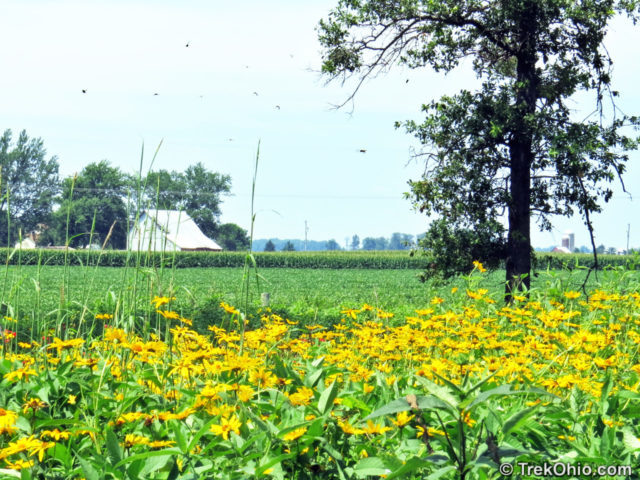
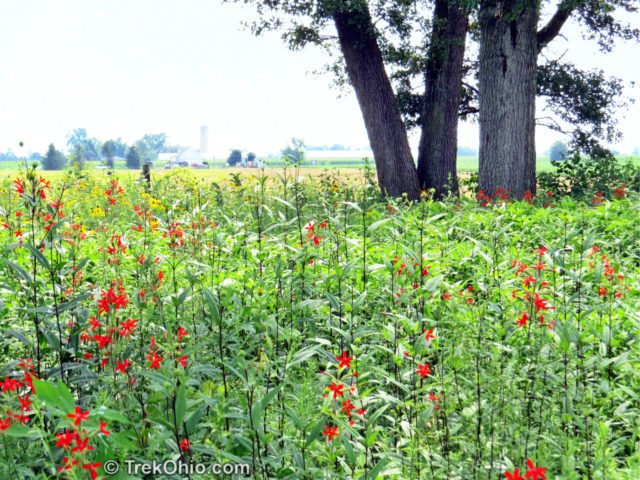

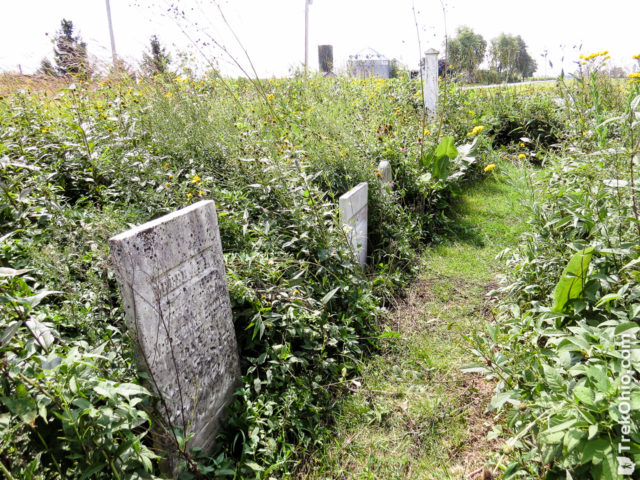
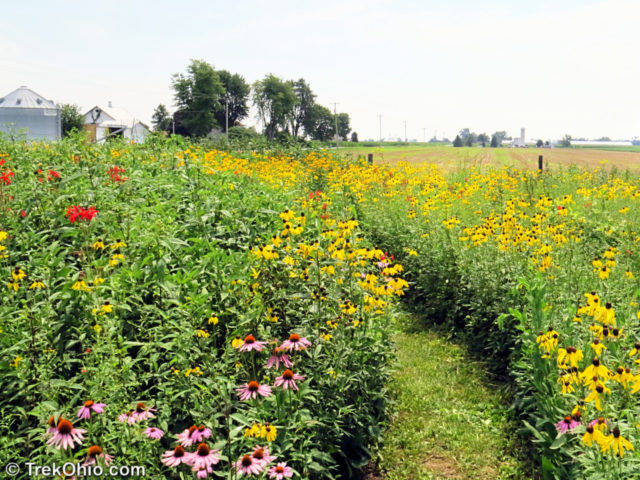
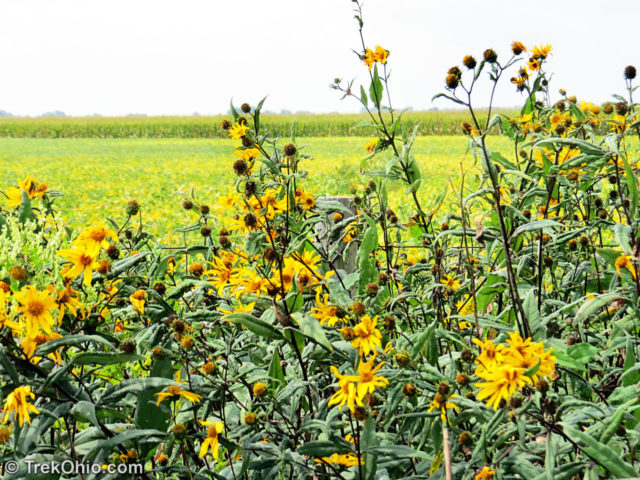
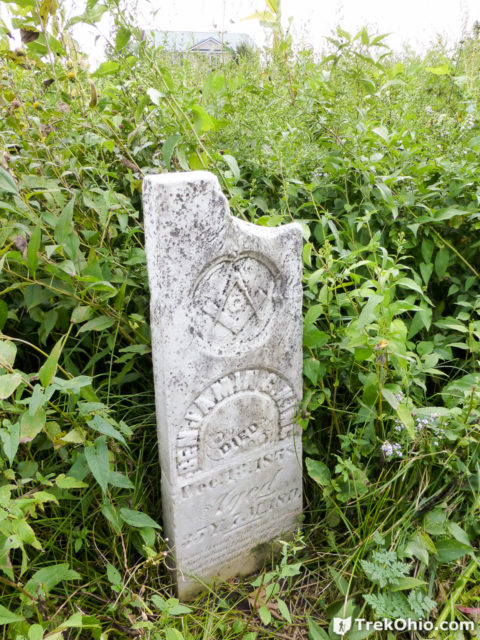
Specific Flowers and Butterflies
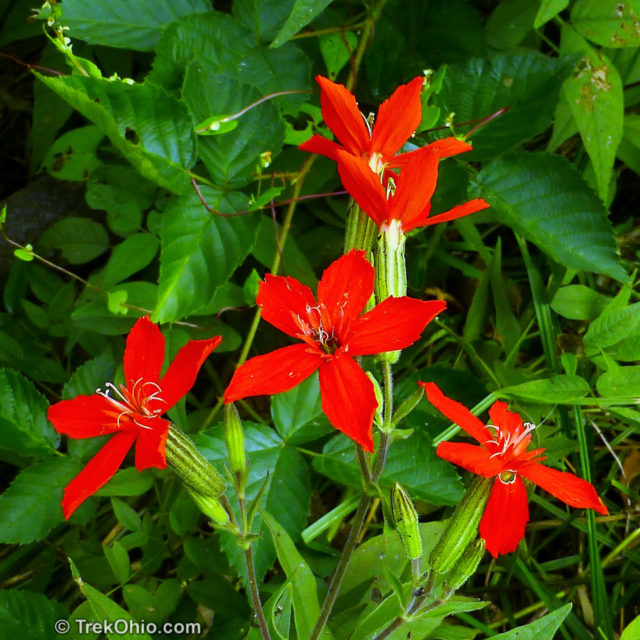
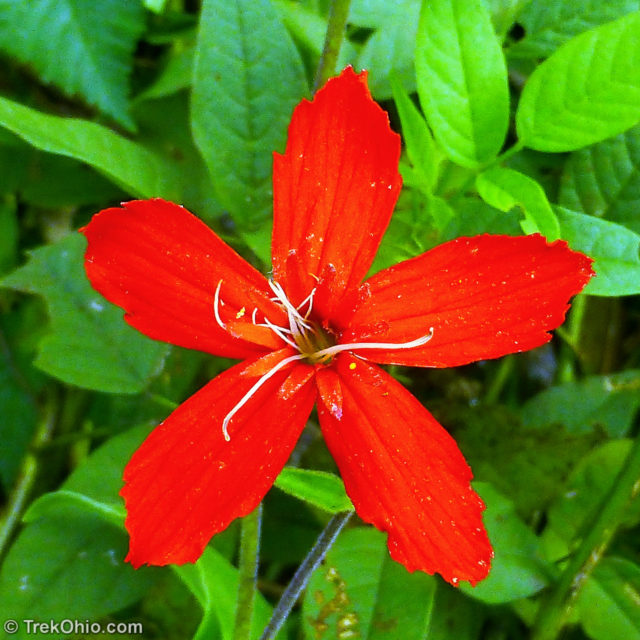
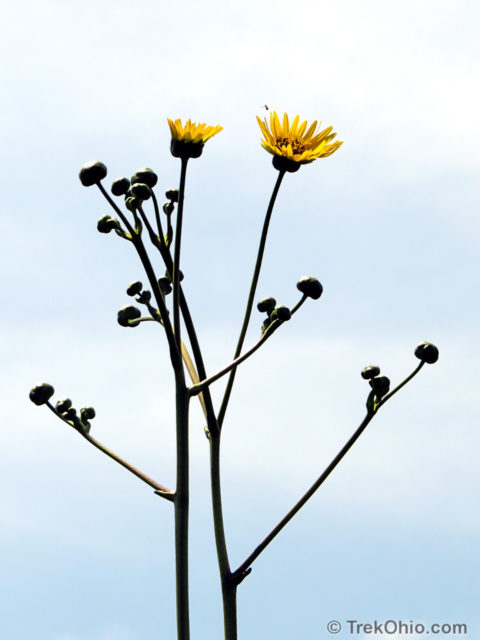
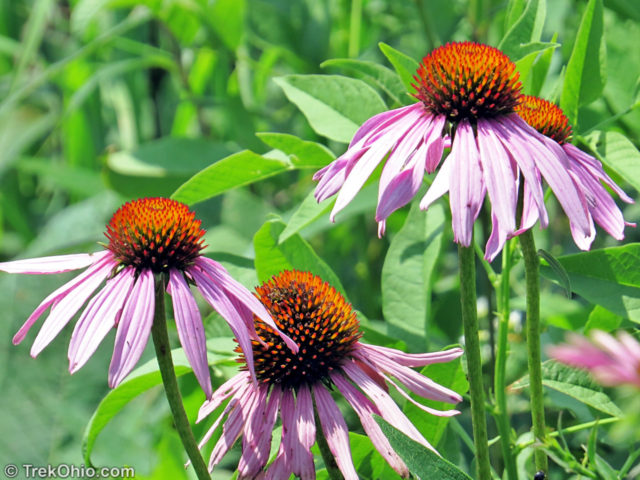
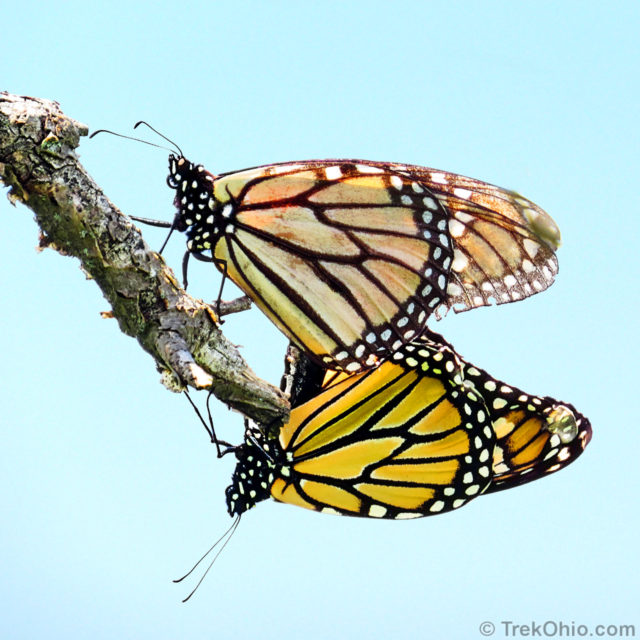
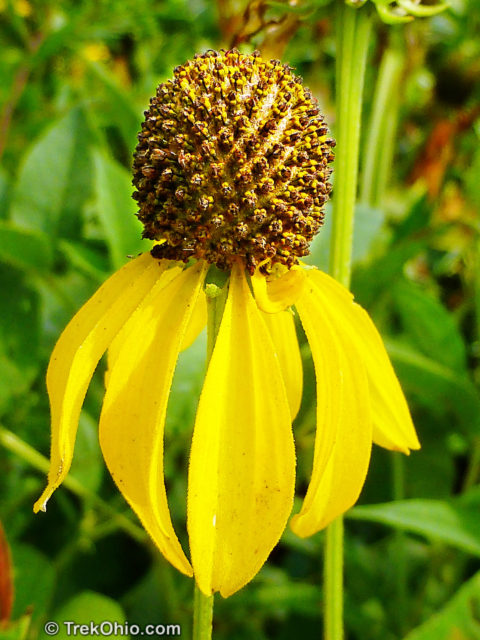
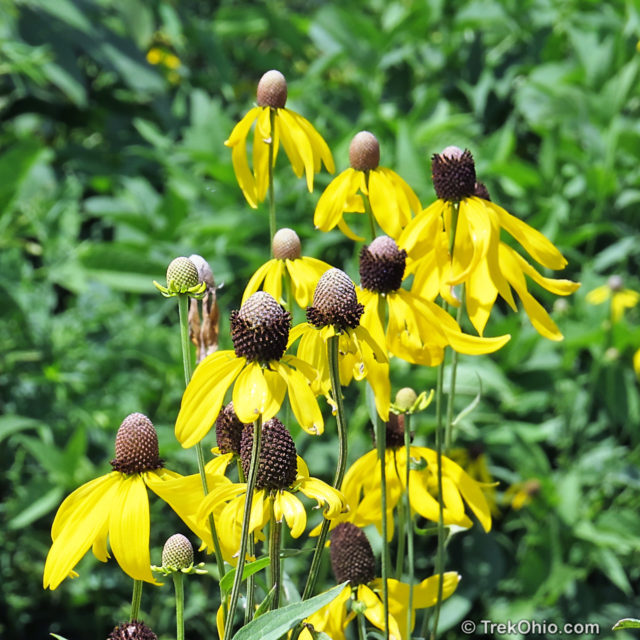
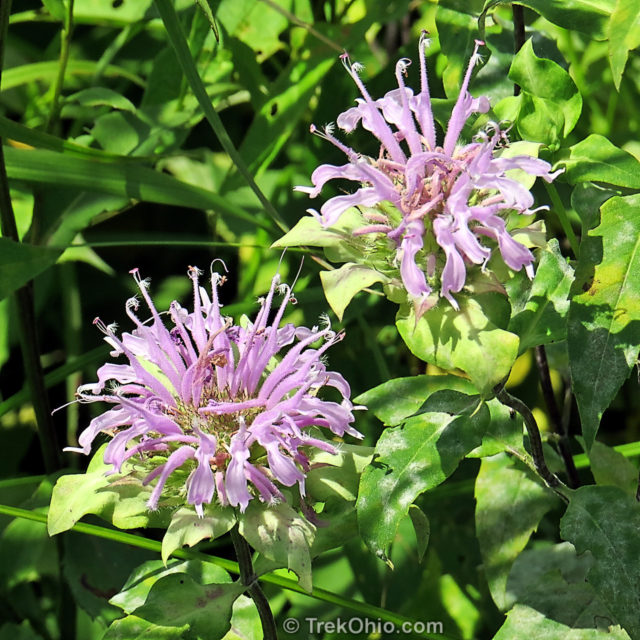
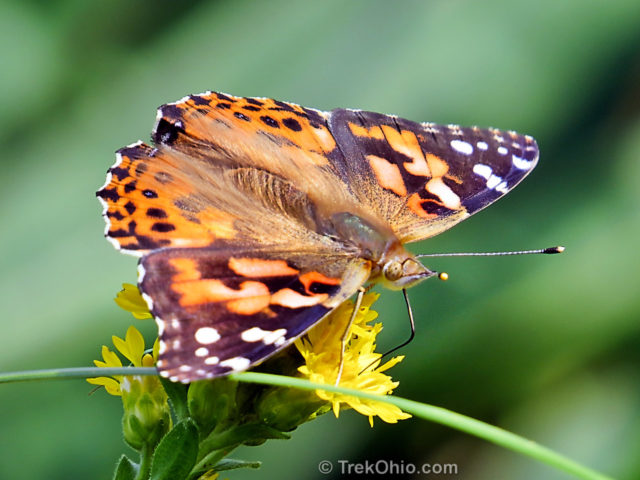

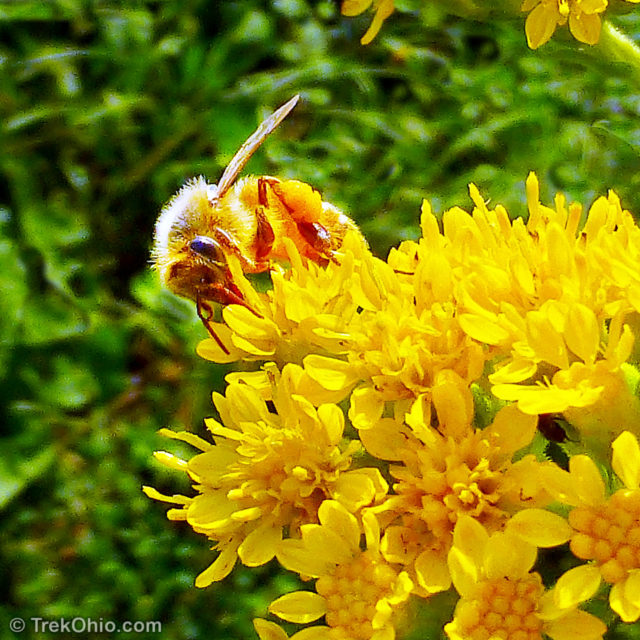
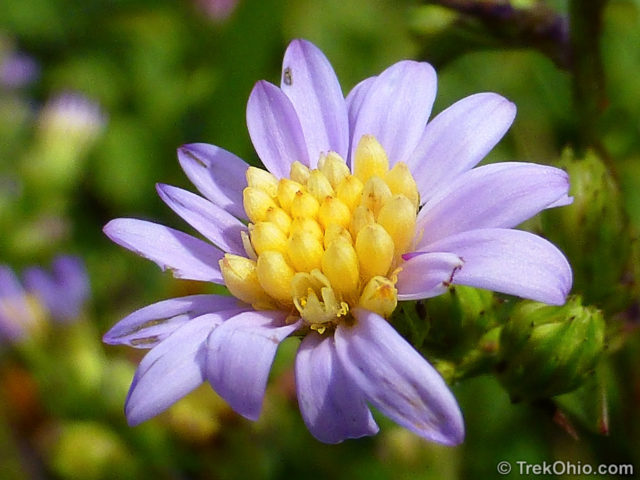
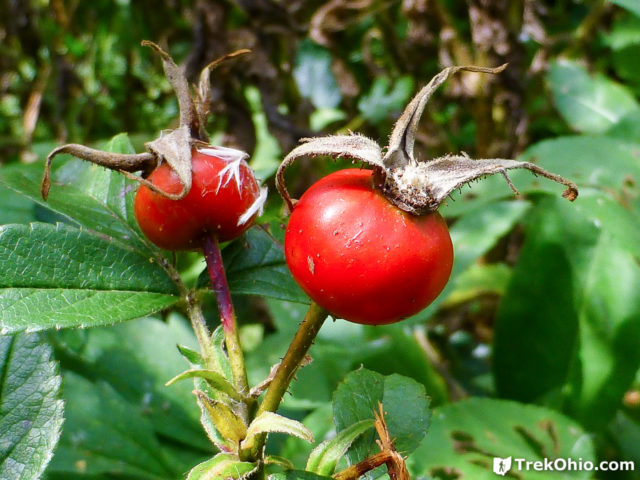
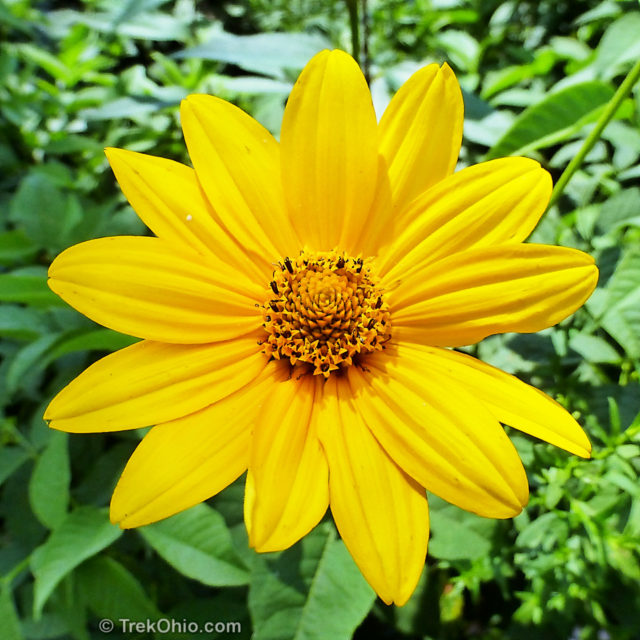
Additional information
- TrekOhio: Madison County Parks & Preserves — This is the county where Bigelow Cemetery State Nature Preserve is located; check out this page for links to the official website and for information on nearby parks and preserves.
- TrekOhio: Bison at Battelle Darby Creek Park
- TrekOhio: Milford Center Prairie State Natural Area — Another central Ohio prairie remnant
- A.L. Gibson’s “The Buckeye Botanist:” The Last Vestiges of the Darby Plains — An excellent description of why Ohio’s scattered prairie land is so precious, including a much more detailed discussion of the the plants that are found in this habitat.
- Jim McCormac's “Ohio Birds and Biodiversity;” Bigelow Cemetery
- Find a Grave: Individuals buried at Bigelow Cemetery
Location
- Address: 600 Rosedale Rd Irwin, Ohio 43029
- GPS Coordinates: 40.109786, -83.419029
- Google Maps: View on map or get directions
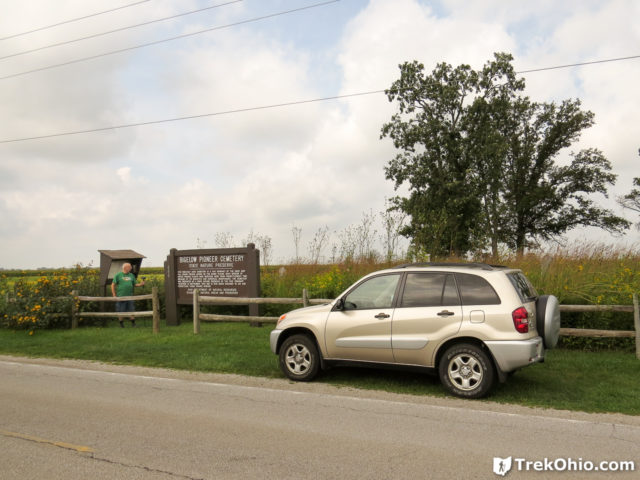
More on Ohio Prairies

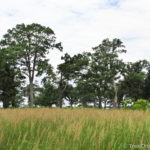
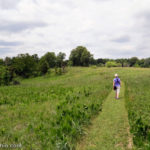

Beautiful post. What an amazing sight to see all those flowers and hummingbirds!